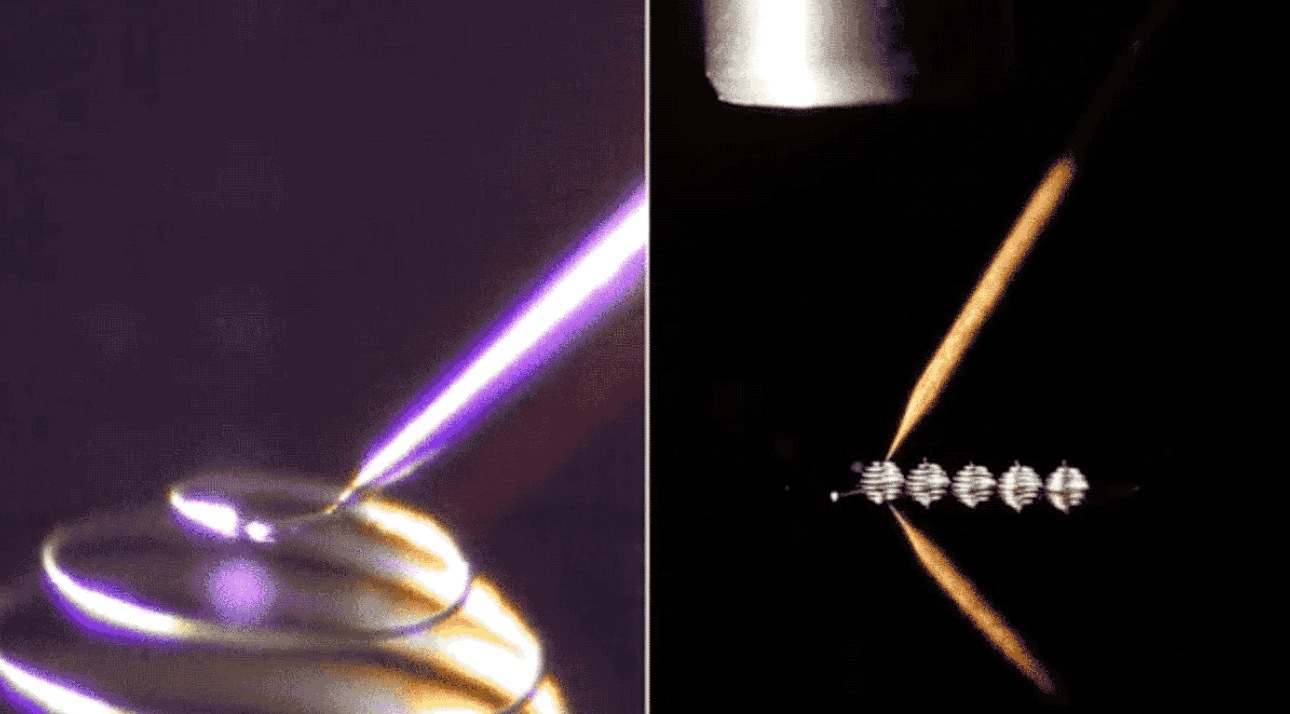Scientists at Harvard Viss Bioengineering Institute have developed a 3D printer for metal printing

In most cases, soft or light alloy materials are used for 3D printing. Scientists from the Harvard Institute of Biological Engineering Wiss (Wyss Institute for Biologically Inspired Engineering) were able to develop and assemble a 3D printer that uses metal for printing. It is based on a principle similar to that found in 3D printing pens - they freeze material almost immediately after leaving the nozzle.
In the case of a metal printer, solidification occurs using a laser, aimed at a stream of silver nanopowder. The process of 3D printing using a laser allows you to create three-dimensional objects, due to the instant solidification of the supplied nanopowder directly in the air at the exit of the nozzle.
One of the developers, Mark Skylar-Scott, notes that it was the correct laser focusing on the nanopowder jet that caused the greatest difficulties. If the laser is close to the nozzle, then solidification occurs directly inside the metal supply tube. If the laser is a little further, then there may be problems with the strength of the entire printed structure. In general, such a technology can completely change the 3D printing market due to its enormous potential - printed conductive wires may be smaller than a human hair in thickness.
“This sophisticated way to use the laser enhances 3D printing, erasing some of the limitations for different types of products,” said Donald Ingber, head of the Wiss Bioengineering Institute for Bioengineering.
Flexible customization and potential for improvement potentially allows the use of such a printer for printing elements and other materials for wearable electronics, as well as medical devices. But everything will depend on the total cost of the printer.
